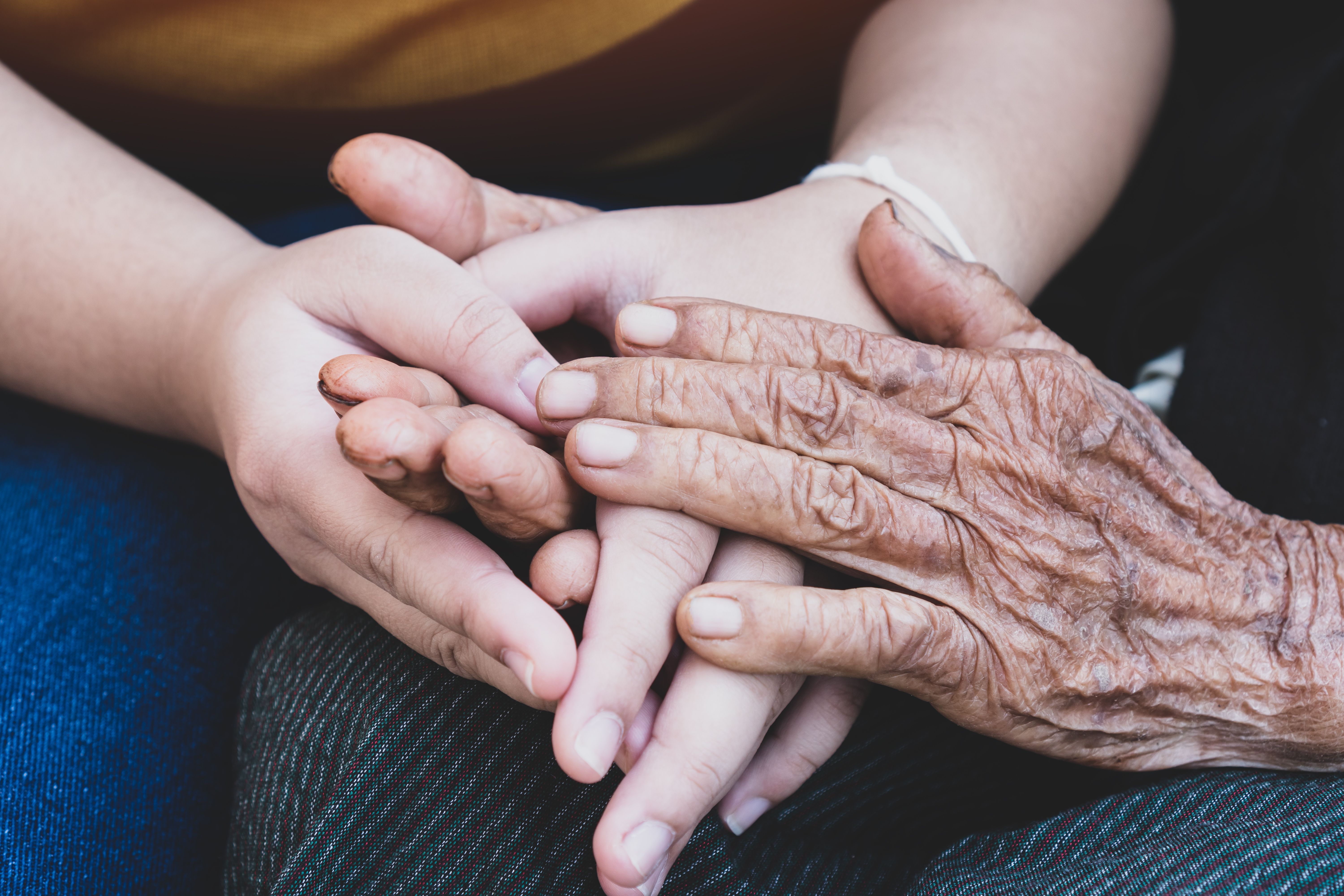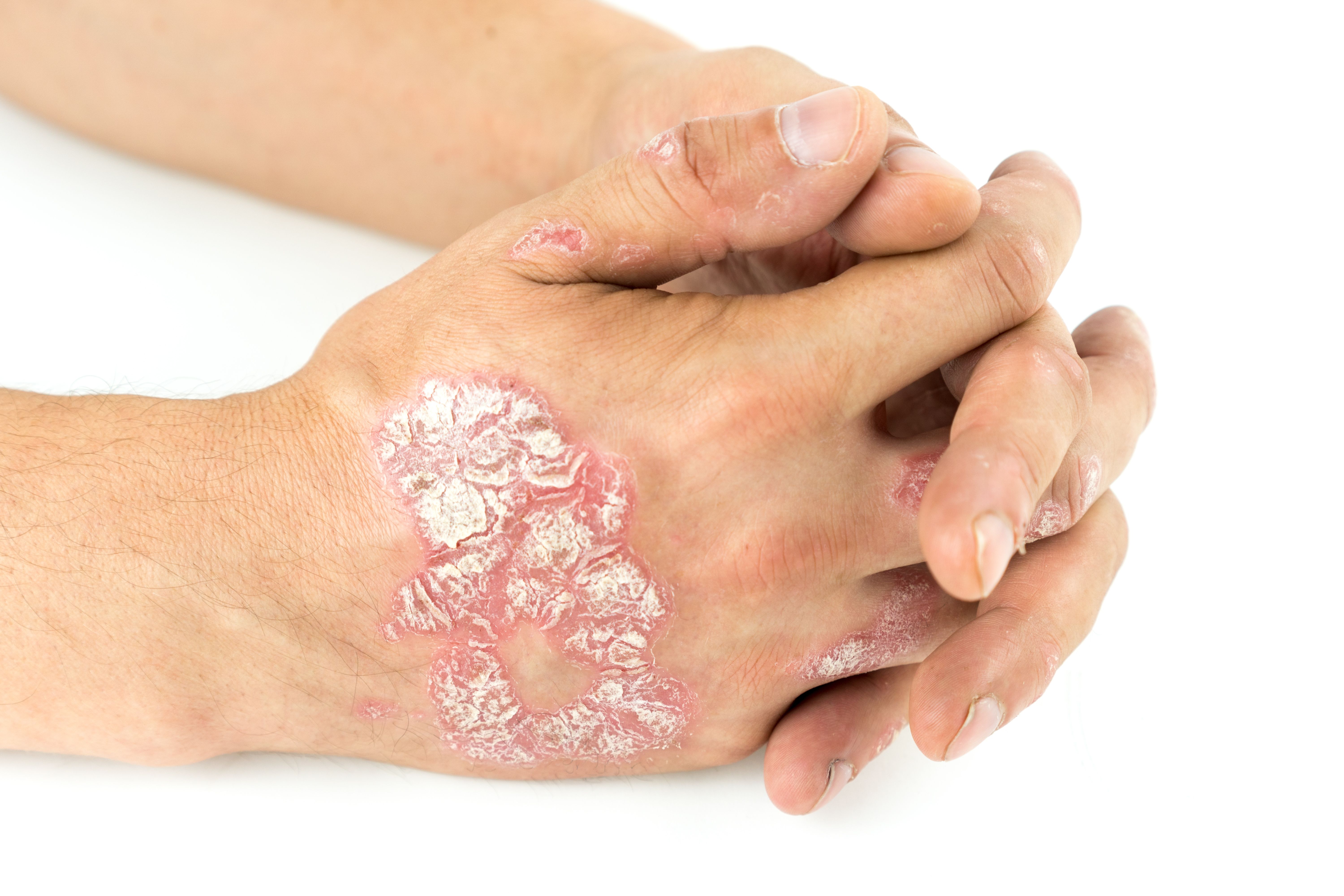News
Article
Alopecia Areata Impacts Patient Perception, Quality of Life
Author(s):
Patients with alopecia areata (AA) often perceive their hair loss as more severe than dermatologists do, leading to increased emotional and social problems. This study highlights the importance of understanding patient perception for better treatment and improved quality of life.
Woman worried about hair loss | Image Credit: Prostock-studio - stock.adobe.com

Patients with alopecia areata (AA) tend to perceive their condition as more severe than their dermatologists did, considerably adding to their psychosocial and psychiatric comorbidities, according to new findings.
In this retrospective study published in the Indian Journal of Dermatology, Venereology and Leprology, researchers from the Yonsei University Wonju Severance Christian Hospital in the Republic of South Korea administered questionnaires from April 2019 to May 2021. The study utilized the Hair Specific Skin Scale-29 (HSS-29), which measured patient function, symptoms, and emotions. Patients were also asked to self-examine their condition using the Severity of Alopecia Tool (SALT) score, in which higher scores indicate more severe hair loss.
Three categories were created based on patient perception and description of their AA severity. One group consisted of patients that had whose clinicians’ SALT score was higher than their self-estimate; another group showed both SALT scores were equal. The final group and focus of the study were patients who self-estimated their SALT scores higher than their clinicians.
Differences in HSS-29 and SALT scores between groups were analyzed with analysis of variance and Kaplan-Meier survival analysis. A total of 114 patients with AA were included in the study, with 70 patients in the high self-estimated SALT score category. The group with higher clinician SALT scores had 23 patients, and those with equal scores included 21 patients.
The study included mostly male patients, with 12 in the "clinician greater than self score" group and 40 in the "clinician less than self score" group. The mean functioning scale score was 8 for those with clinician ratings higher than patient ratings, a 12.5 score when both ratings matched, and 18 points when clinicians rated patients lower than their self-ratings. Similar trends were observed for the emotion scale (13.6, 15.6, and 21.0 points, respectively) and the self SALT scores (15.3, 9.6, and 26.8 points). Clinician SALT scores followed the same pattern, at 17.3 points in those whose clinicians gave them ratings higher than self-ratings, 9.6 when equal, and 12.1 points for patients whose ratings were higher than clinicians. The HSS-29 scores were 35.6, 48.2, and 48.2 points, respectively, across the 3 groups.
Results found a significantly larger number of patients with AA felt their condition was more severe than clinicians. Overall, these patients had scored higher on function, symptoms, and emotions scales compared with the other 2 groups. The study found the greater the patient scores were, the lower their quality of life and more severe their psychiatric and psychosocial problems were.
Study limitations included the retrospective, single-center study design because it is possible it missed including significant information in the questionnaire. Also, the study did not analyze hair loss in eyebrows or other body hair, neglecting data on this type of AA. However, the study was strengthened by the patients’ self estimations in conjunction with the differences displayed with clinicians.
Findings suggest that clinicians should be mindful of patients with AA often perceiving their condition as more severe than it is. This awareness can help prevent overdiagnosis and unnecessary medication use. By reassuring patients that their AA might not be as serious as they fear, clinicians can potentially improve their quality of life.
Reference
Ju Yeong Lee, Jong Won Lee, Lee WS. Comparison of self-estimated and clinician-measured SALT score in patients with alopecia areata: patients with alopecia areata perceive themselves as more severe than dermatologists. Indian J Dermatol Venereol Leprol. 2024;90:235-237. doi:10.25259/ijdvl_439_2022





